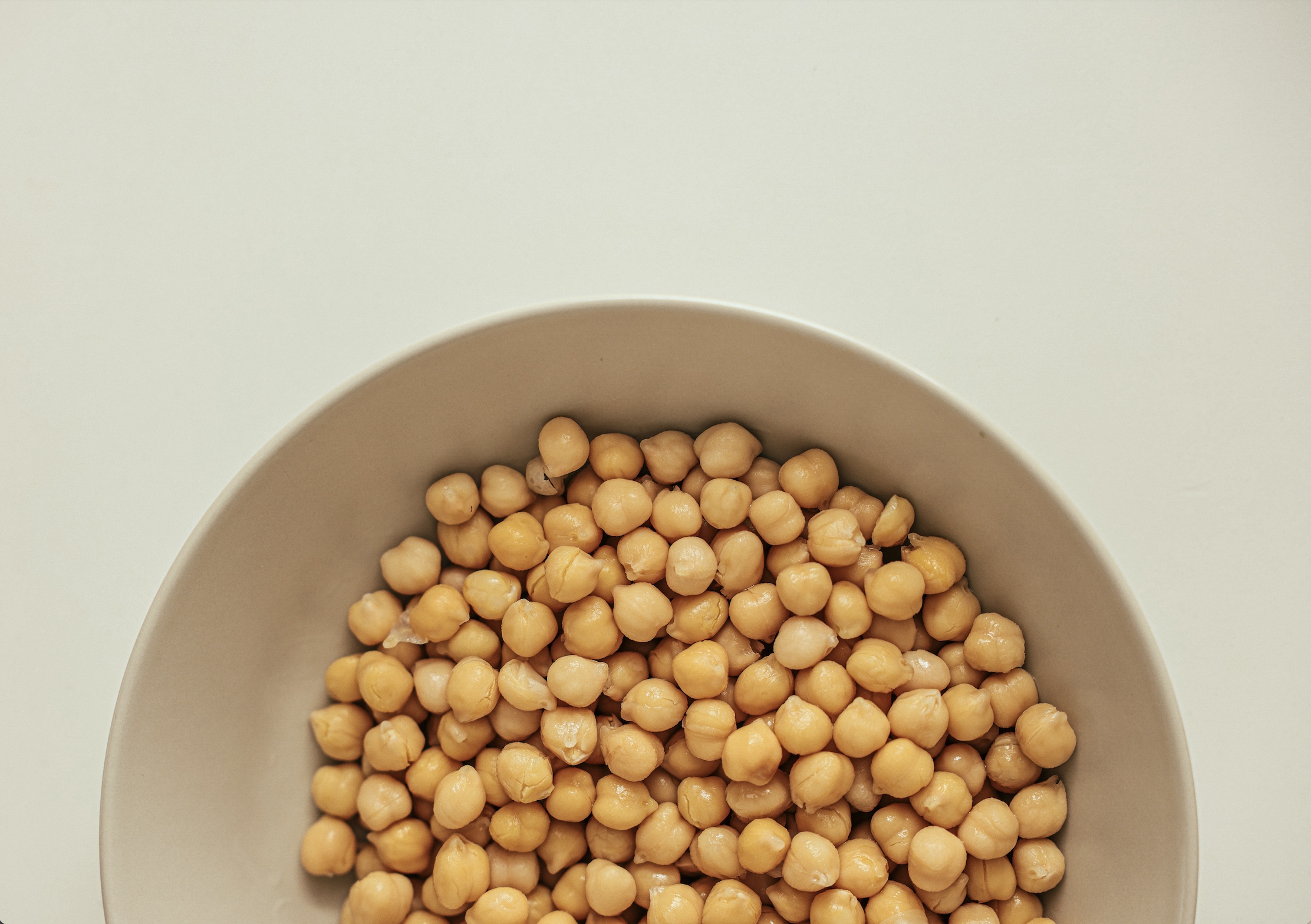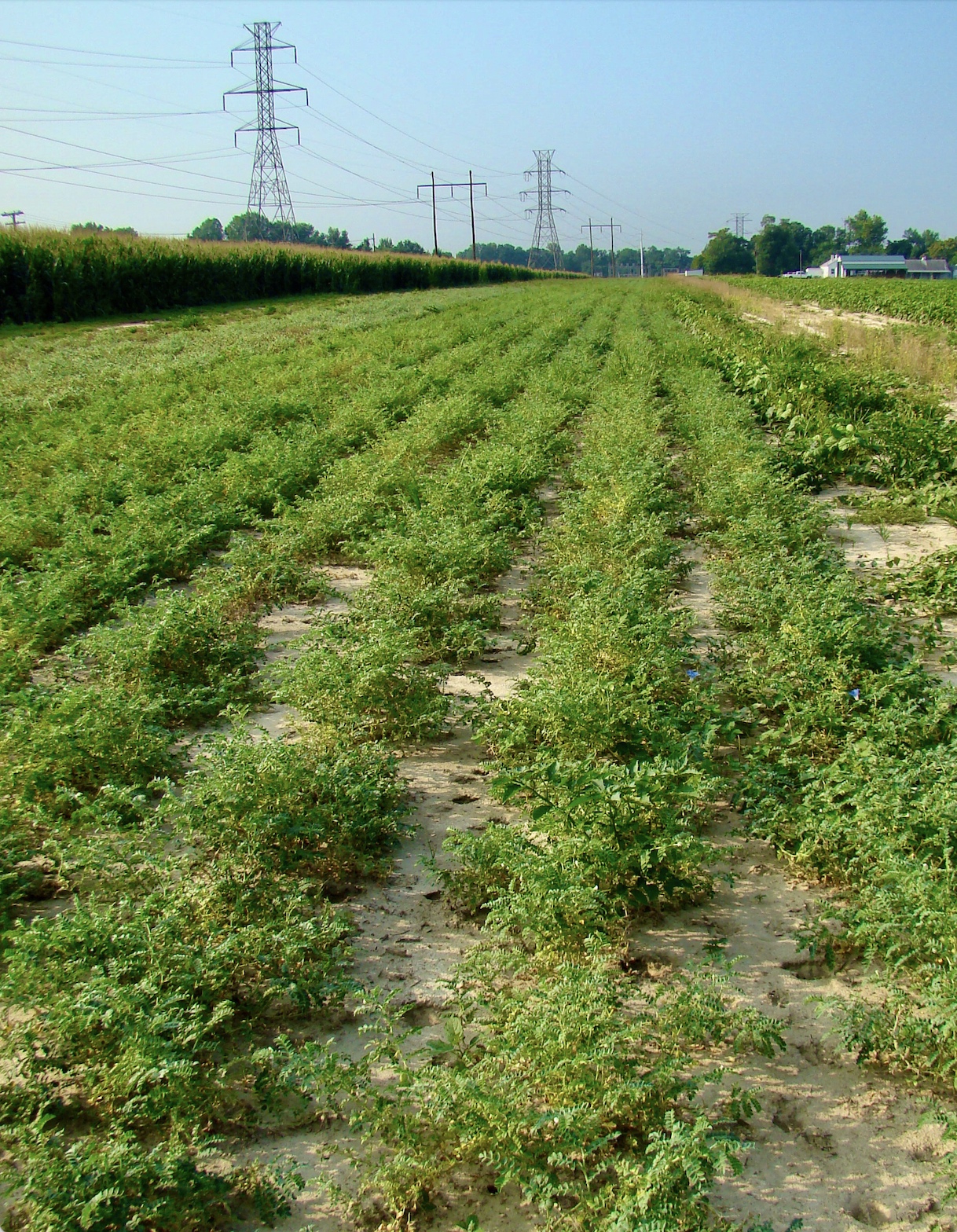
The chickpea plant is a legume that has been used for centuries with historical accounts dating back to about 3500 BCE in Turkey and 6790 BCE in France. As an incredible source of protein and fiber, it’s found in more food products than many of us even realize. With this in mind—and the knowledge that chickpeas are nitrogen fixing plants that sequester carbon—Nutriati set out to create artisanal chickpea flour and protein powder. Their patented Artesa PureProcessTM removes the oil from the chickpeas and mills them into flour without water, saving twenty gallons for every one kg of protein isolate. Focusing on B2B, Nutriati’s ingredients can be found in dairy-free cheeses, beverages, grain-free cookies, pasta, plant-based meats and more. “As an ingredient supplier, I can’t name our customers, but if you see chickpea protein on an ingredient statement it is most likely ours,” says CEO Michael Todd. —Jane Ratcliffe
Why chickpeas?
We started with chickpeas for a number of reasons. They have a strong health halo with consumers, they are good for the environment given their ability to pull nitrogen from the air and into the soil, and they are grown worldwide which lowers the risk of supply issues.
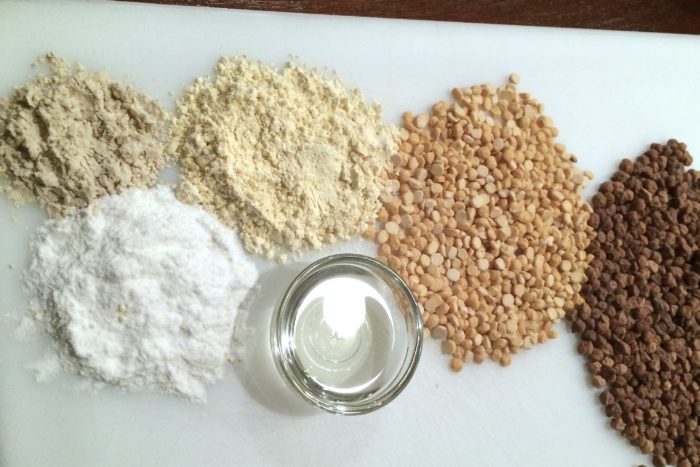
How is Nutriati able to process the chickpeas without water?
This is a key part of what makes Nutriati’s Artesa PureProcessTM special. So many alternative protein companies compare their ingredients to animal proteins to show grand water savings, but they are still using almost 10 gallons of water for every 1 pound of protein produced. Pumping, heating, cooling and evaporating so much water at scale requires massive amounts of energy. If you look up pea protein plants on google maps you will see a water treatment pond on site because their process requires so much water. Nutriati has created an entirely different process for making highly functional proteins and flours that does not require water. By focusing on making two functional ingredients as opposed to a protein isolate and a low value by-product stream of starch, we are able to get to the desired quality in a much more efficient manner.

What are Artesa’s Four P’s?
We came up with the Artesa Four P’s during a team brainstorming event on what was important to us as a company. “People” applies to our team as well as consumers of our ingredients; “Product” references the healthy ingredients that we produce; “Process” references the Artesa PureProcessTM (the key differentiator for Nutriati); and “Planet” represents the solutions we offer that are positive to the planet due to the crops we utilize and the process we operate.
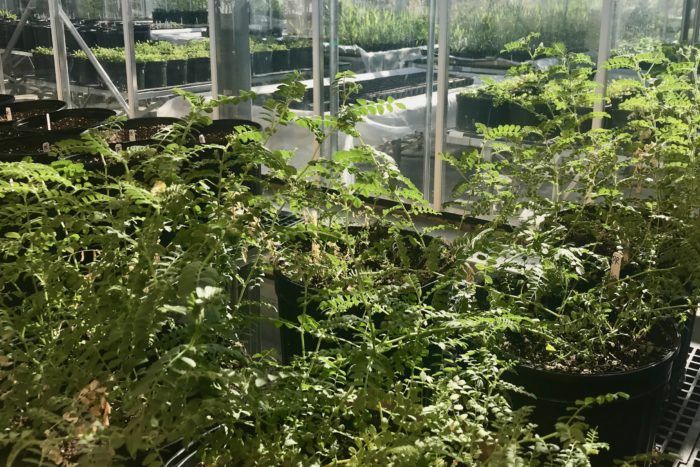
What do you look for in the farmers you partner with for your supply?
Experience. Having a history of growing chickpeas is a critical factor for our partners because we want the highest quality and highest protein chickpeas we can source. With specialty crops like chickpeas, you can see wild fluctuations in acres planted because growers will grow on land that isn’t suitable for chickpeas when prices are high.

How has Nutriati achieved a full sensory experience: taste, texture, and mouthfeel?
The output of Artesa PureProcessTM is a set of ingredients that win on sensory. By removing the oil from the chickpeas, we get ingredients that don’t have the beany or earthy taste and odor that are common with chickpeas. Our milling process allows our ingredients to help customer’s products with texture. In baked goods, for example, we get a much better rise because we have such a consistent particle size, and in beverage applications, our protein stays in suspension well and doesn’t feel gritty.
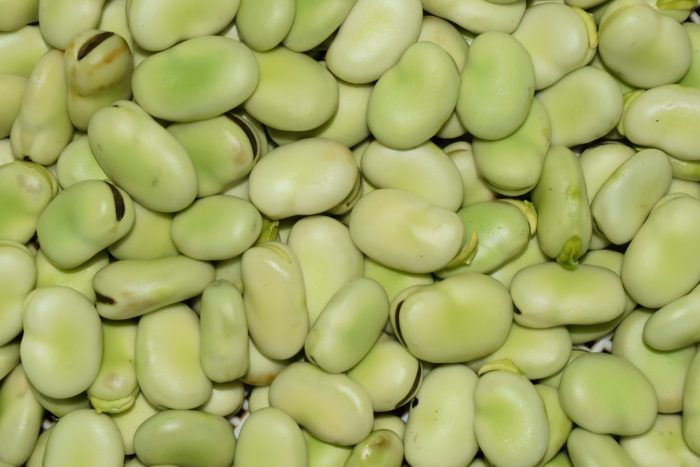
Do you have plans to expand beyond chickpeas? Or beyond flour and protein powder?
Without question. We plan to commercialize fava beans next. We have already produced Fava Flour and Protein and the results have been amazing. Fava beans typically have a strong odor, but after they have gone through Artesa PureProcessTM, it’sperfectly neutral. We also plan to commercialize our oil fraction. In 2021, we found a partner to refine the oil we remove from chickpeas. We are working to identify what the best markets are, but we have proven our ability to make a food-grade chickpea oil.
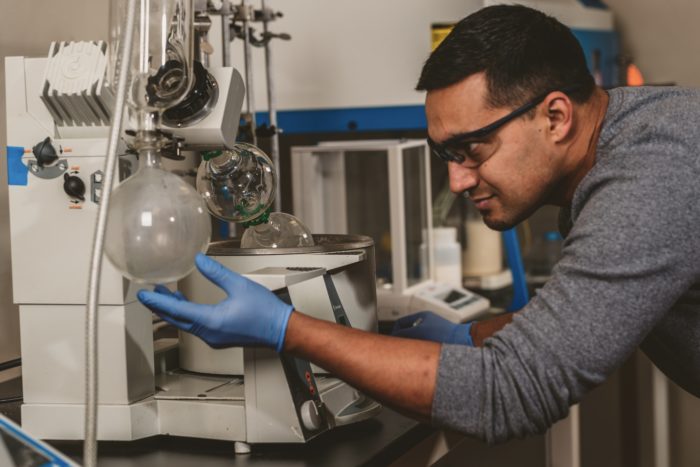
What’s something you wish more people knew about chickpeas?
With so much attention on regenerative agriculture, I’d like people to know how good chickpeas are for the soil. Chickpeas are nitrogen fixing plants that also sequester carbon and contribute to soil regeneration. It is a great crop that is healthy for humans and the environment.
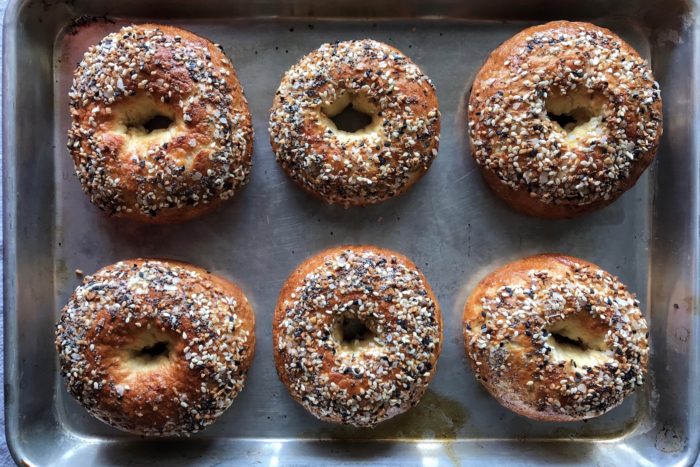
Any favorite recipes to use with Artesa Flour and Protein powder?
At my house, we love using Artesa Flour as a gluten-free breader that provides great texture. And my 4-year-old son constantly asks if the culinary team can make more chocolate pudding with the protein. I really like bread because of the simplicity—combining our flour and protein in a bread formulation doesn’t require gums or stabilizers.

Why did you decide to partner with Tate & Lyle on distribution?
Tate & Lyle is an exceptional global supplier of specialty starches. In order for Nutriati to keep up with demand for our chickpea protein, we need to sell our Functional Chickpea Flour at a faster rate. A key difference between Artesa PureProcessTM and the process used to create pea protein is how the starch fraction is sold. Pea starch is a low value by-product stream that is dumped into the animal feed or pet food markets. Artesa Functional Chickpea Flour is a value-added specialty ingredient and requires a more technical sale. Tate & Lyle is the perfect partner for us, and will certainly speed up our growth plan.
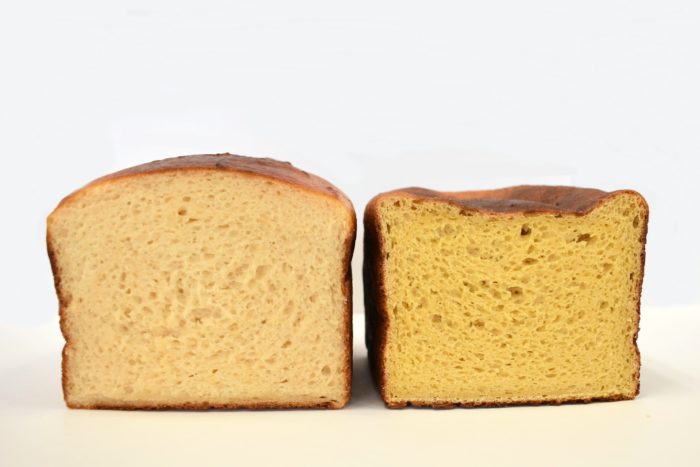
What makes Nutriati different from other similar chickpea products on the market?
Commodity grade chickpea flours just take clean chickpeas and grind them up into a powder—it’s a basic process with no real value added. Artesa Functional Chickpea Flour has had the oil removed and it is milled with specialty milling equipment to get a consistent particle size. There is no comparison when it comes to taste, odor and texture—our flour is far superior—but what makes the ingredient most exciting is what food manufacturers can do with our ingredients that they can’t do with commodity grade chickpea flours. Our flour processes through extruders much better than commodity grade flours which allows for better snacks and pastas, and it has better gelation and water binding which is important for plant-based meats because it binds the ingredients together. It’s not just sensory where our ingredients win, but also the process ability of our ingredients for food manufacturers.
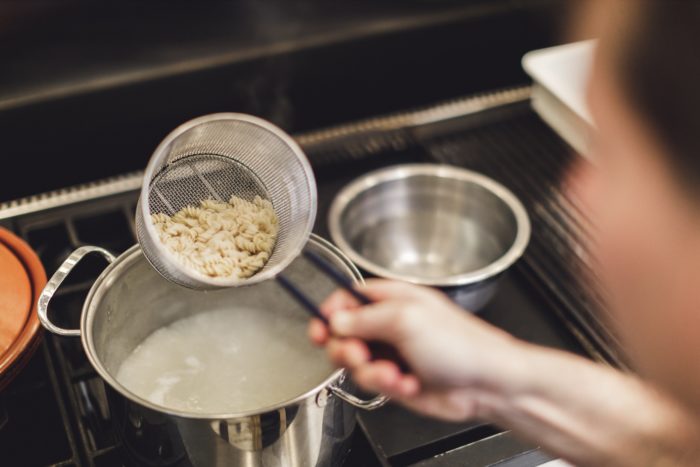
Where or in what products can consumers find Artesa Flour and Protein powder?
Unfortunately, as an ingredient supplier, I can’t name our customers, but if you see chickpea protein on an ingredient statement it is most likely ours. We are in non-dairy cheeses, beverages, grain-free cookies, breads, pasta, snacks, plant-based meats and more. When Whole Foods came out with their prediction on the ‘Mighty Chickpea’ for 2021 trends, it was exciting to see so many of our customers highlighted.

